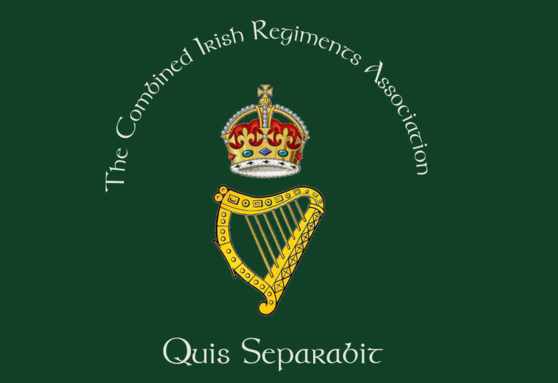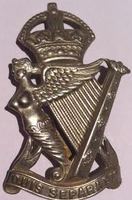
ROYAL ULSTER RIFLES.
During the early 1920s, there were two changes for the Royal Irish Rifles, the ‘Irish’ part of their name was changed to ‘Ulster’ and it lost one of its recruiting counties, Louth, which became part of the Free State. Its other two counties, Antrim and Down, were in Northern Ireland and so the Regiment survived Irish independence.
The 1st Battalion spent the first post-war decade in occupation duties in Germany (1922-1926) and then was stationed in England (1926-1929) and Belfast (1929-1933). During 1931, the 2nd Battalion returned to the Sudan and other postings during the 1930s included Hong Kong and Egypt for the 1st Battalion and Palestine for both battalions.
The 2nd Battalion was in Britain by the outbreak of the Second World War, deploying immediately to France before being evacuated in June 1940 and remaining in Britain for the next four years.
The 1st Battalion was recalled from the North West Frontier of India in 1939 and re-trained for landings by glider and it went on to fight in that role in Normandy during June 1944 and at the Rhine crossings in 1945. The 2nd Battalion landed in Normandy during June 1944 and fought throughout the ensuing campaign, finally occupying Germany for three years after VE Day.
At the end of the war, the 1st Battalion was moved from Germany to Palestine in 1945, remaining there until the British withdrawal three years later. By then, it had reverted to its normal infantry role and merged with the 2nd Battalion.
The Regiment was then briefly sent to Northern Ireland but, in November 1950, it landed in Korea, with two of its men being awarded The Military Cross at the Battle of the Imjin River. Even after 1922, the Regiment had continued to accept recruits from all over Ireland and nearly half of its men at the time of the Korean War came from the South.
Three years in Hong Kong followed from 1951 onwards, along with periods in West Germany, England and Cyprus. By 1968, the Regiment was in Gibraltar and during that year it was amalgamated with the two other Northern Irish line infantry regiments, the Royal Irish Fusiliers (Princess Victoria's) and the Royal Inniskilling Fusiliers to form the Royal Irish Rangers (27th (Inniskilling, 83th and 87th).
